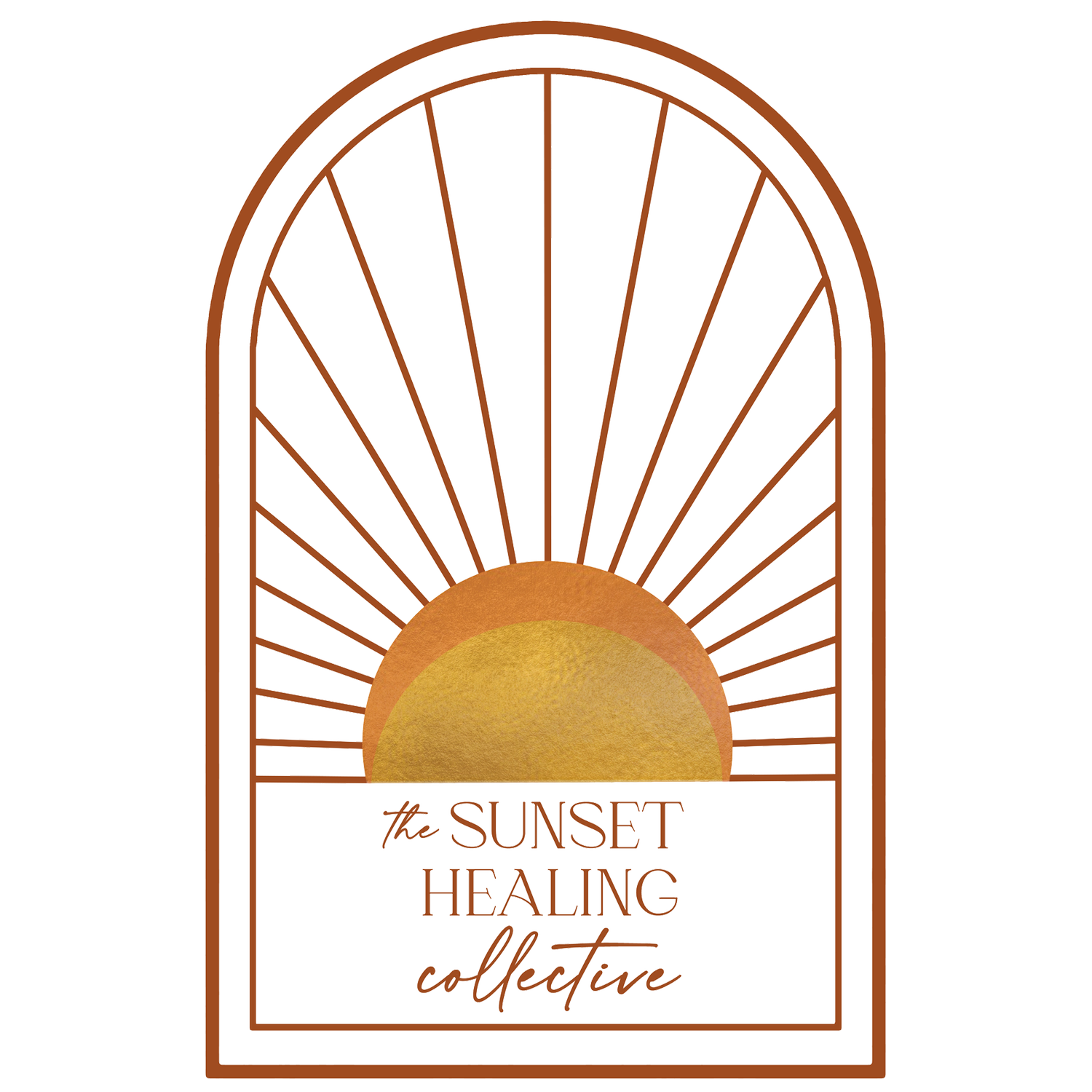Acupuncture for hip pain.
Hip pain, whether acute or chronic, may disrupt your ability to sit, walk, run, drive, or even sleep comfortably. Hip pain may result from inflammation of the sciatic nerve, inflammation of the fluid filled pads of the joint called the bursa (bursitis), osteo-arthritis, shortening of the adductor muscles of the inner thigh or tightness of the iliotibial (IT) band.
Common causes of hip pain include sprains, strains, high impact activities and sports (dance, running, horseback riding, jumping, soccer, football), sitting for extended periods of time (driving long distances or sitting at a desk) and sleeping in an awkward position.
Acupuncture for hip pain is one of the methods used by many practitioners in order to treat the condition from root.
A history of trauma, such as an old fall, can cause hip pain many years down the road. In some cases, this is because hip traumas may cause a misalignment of the sacroiliac joint. The bones of the hips are called the ilium and they are joined posteriorly by the sacrum. It is common for there to be slippage between these two joints that subsequently creates a shortening of one leg.
Uneven leg length disrupts the gait of the hips, putting additional strain on the tendons and ligaments of the hip joints, and eventually this type of misalignment can increase wear and tear on the joint leading to chronic pain.
Healing hip pain through acupuncture.
It’s important when using acupuncture for hip pain to reduce inflammation and swelling in order to promote blood flow through the joint. Acupuncture for hip pain is effective in alleviating hip pain because it promotes blood flow and oxygen to the tissues of the joint while simultaneously decreasing inflammation.
In a randomized control study of osteoarthritis and hip pain, acupuncture plus routine hip care was associated with marked clinical improvement of chronic osteoarthritic pain.
There are multiple acupuncture meridians or energy pathways which cross through the hips. The manner in which hip pain is diagnosed in Chinese medicine is by identifying the location and quality of the pain in the hip. It is not necessary for an acupuncturist to have diagnostic imaging such as an X-ray or MRI in order to treat hip pain, although these types of reports often provide an additional layer of useful information.
In traditional Chinese medicine (TCM) any pain, anywhere in the body, is said to manifest when qi or energy and blood cannot flow freely through the surrounding tissue of the muscle, sinews, organs or joints. Obstruction of qi and blood cause a condition known as stagnation along the pathways or meridians of the body.
By inserting needles into specific points along the affected meridian(s), qi and blood can flow again which nourishes and heals, allowing the tissues of the joint to return to normal, healthy function.
Other therapies which complement acupuncture for hip pain include yoga, physical therapy and chiropractic treatments.
It’s important for the treatment of hip pain using acupuncture that patients accurately describe the location of the pain and the quality so that the practitioner can target the treatment to the proper meridian.
Some practitioners choose acupuncture for hip paom points on or near the area of pain. While this very standard approach is effective, it has a major limitation: the patient cannot mobilize the joint during the treatment because it’s contraindicated to move those areas of the body that have needles inserted. The provider must therefore wait until the treatment is done to determine whether the point selection was accurate to achieve the desired effect of decreased pain and inflammation.
Kristin prefers a treatment method and approach that addresses hip pain and inflammation by using acupuncture points along the arms and lower legs. This approach is especially useful because it allows the patient to mobilize the hip joint during the treatment and experience instantaneous results.
All of these healing modalities work together to stretch, strengthen, realign and alleviate inflammation of the hip joint.
While most cases of hip pain can be alleviated by acupuncture, there are certain severe conditions that will not be helped. When the bursa of the hip joint has degenerated so that bone is rubbing against bone, acupuncture is not likely to be helpful.
A standard treatment protocol for joint pain and inflammation can be anywhere from 6-30 treatments depending upon the situation. Osteoarthritis patients generally require more visits than tendinitis or sciatica.
Lifestyle is a major factor in determining total number of treatments needed. Patients who modify eating habits to support an anti-inflammatory diet, develop a regular habit of stretching and strengthening, and rest from doing any activity which inflames the joint, will heal much faster than those who don’t.
If you have been suffering from hip pain and want an effective, natural treatment, book now or call Kristin today to get started!
